DFA-based algorithm for optimizing the accuracy and cost of shaft and hole assembly
DOI: 10.23977/jemm.2023.080405 | Downloads: 35 | Views: 1557
Author(s)
Zhiqi Yao 1, Jun Xu 2, Zheming Shen 2, Jinxin Li 3, Tao Zhang 4
Affiliation(s)
1 Mathematics and Computer Science Department, Colorado College, CO, 80903, USA
2 Zhejiang Xinxing Tools Co., Ltd., Jiaxing, 314300, China
3 Institute of Manufacturing Engineering, Huaqiao University, Xiamen, 361021, China
4 School of Mechanical, Materials, Mechatronic and Biomedical Engineering, University of Wollongong, Wollongong, NSW 2522, Australia
Corresponding Author
Tao ZhangABSTRACT
Based on the idea of DFA, this study proposes an optimization algorithm for the shaft and hole assembly accuracy and cost. By simplifying and analysing the formula proposed by Abdel-Malek for the calculation of shaft and hole assembly throughput, a mathematical model is established to explore the selection of optimal values for machining cost, part machining tolerance and equipment positioning accuracy. And, the relationship between shaft and hole assembly clearance and spring wire diameter is analysed. The study shows that, within the constraints of cost, the optimum value is selected in eight cases, with different strategies. The maximum resistance to insertion is achieved when the spring wire diameter reaches a value of 0.8 times the difference between the average diameter of the hole and the spring. In addition, this study refines the traditional DFA design system by providing the appropriate algorithms to lay the foundation for software implementation.
KEYWORDS
Shaft-hole assembly, machining accuracy, manufacturing cost, optimization algorithm, DFA ideaCITE THIS PAPER
Zhiqi Yao, Jun Xu, Zheming Shen, Jinxin Li, Tao Zhang, Human factor ergonomic analysis of cervical cancer intracavitary therapy transport process based on Jack virtual simulation technology. Journal of Engineering Mechanics and Machinery (2023) Vol. 8: 25-32. DOI: http://dx.doi.org/10.23977/jemm.2023.080405.
REFERENCES
[1] Savio E, Carmignato S, Meinertz J, et al. Economic benefits of metrology in manufacturing [J]. CIRP Annals, 2016, 65: 495-498.
[2] Stjepandi J, Wognum N, Wim J C V. Concurrent Engineering in the 21st Century Foundations, Developments and Challenges [J]. Springer International Publishing, 2015.
[3] Lamghabbar A, Yacout S, Ouali MS. Concurrent optimization of the design and manufacturing stages of product development [J]. International Journal of Production Research, 2004, 42: 4495-4512.
[4] Fine C H, Golany B, Naseraldin H. Modeling tradeoffs in three-dimensional concurrent engineering: a goal programming approach [J]. Journal of Operations Management, 2005, 23: 389-403.
[5] Eastman, Charles M. Design for X: concurrent engineering imperatives [M]. Springer Science & Business Media, 2012.
[6] Otto, Kevin N. Product design: techniques in reverse engineering and new product development [M]. Tsinghua University Press, 2003.
[7] Song X T, Kuo J Y, Chen C H. Design methodologies for conventional and additive manufacturing [J]. Digital Manufacturing, 2022: 97-143.
[8] Gupta S, Okudan G L E. Framework for Generating Modularized Product Designs With Assembly and Variety Considerations[C]//Asme International Design Engineering Technical Conferences & Computers & Information in Engineering Conference, 2008: 171-180.
[9] Huang G Q. Introduction to design for X: concurrent engineering imperatives [J]. Design for X-Concurrent Engineering Imperatives, 1996.
[10] Lim T, Ritchie J M, Corney J R, et al. Assessment of a Haptic Virtual Assembly System that uses Physics-based Interactions[C]//IEEE International Symposium on Assembly & Manufacturing, 2007: 147-153.
[11] Shen C H, Fu H, Chen K, et al. Structure Recovery by Part Assembly [J]. ACM Transactions on Graphics 2012, 31(6): 1-11.
[12] Marian R M, Luong L H, Abhary K. A genetic algorithm for the optimisation of assembly sequences [J]. Computers & Industrial Engineering, 2006, 50(4): 503-527.
[13] Jiang F, Li J F, Li FY. Optimization Algorithm for Automated Assembly of Circular Parts [J]. Applied Mechanics & Materials, 2008, 10: 672-676.
[14] Fang X D, Zhang Y. A new algorithm for minimising the surplus parts in selective assembly [J]. Computers & Industrial Engineering, 1995, 28: 341-350.
[15] Nagarajan L, Mahalingam S K, Kandasamy J, et al. A novel approach in selective assembly with an arbitrary distribution to minimize clearance variation using evolutionary algorithms: a comparative study [J]. Journal of Intelligent Manufacturing, 2022: 1-18.
[16] Abdel-Malek, Layek L. A framework for the robotic assembly of parts with general geometriest [J]. International Journal of Production Research, 1986, 24: 1025-1041.
[17] Yao Y Y. Tolerance fits and measurement techniques. Beijing: Machinery Industry Press [M], 2005.
[18] Ostwald P F, Blake M O. Estimating cost associated with dimensional tolerance [J]. Manufacturing Review, 1989, 2(4): 277-282.
[19] Boothroyd G. Product design for manufacture and assembly [J]. Computer-Aided Design, 1994, 26(7): 505-520.
[20] Wang C E. Spring Steel and Alloys [M]. Beijing: Machinery Industry Press, 1992.
[21] Liu H W. Mechanics of Materials Ⅱ (4th Edition) [M]. Beijing: Higher education press, 2004.
[22] Tong Ji University. Mathematics Department [M]. Beijing: Higher education press, 2008.
[23] Zhang Y H, Liu H H, Wang D C. Spring Handbook [M]. Beijing: Machinery Industry Press, 2008.
| Downloads: | 11120 |
|---|---|
| Visits: | 422732 |
Sponsors, Associates, and Links
-
Cybernetics and Mechatronics
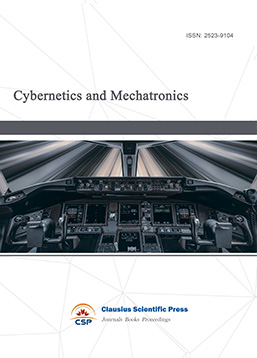
-
Digital Manufacturing and Process Management
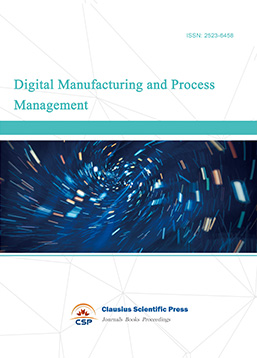
-
Ultra-Precision Machining Process
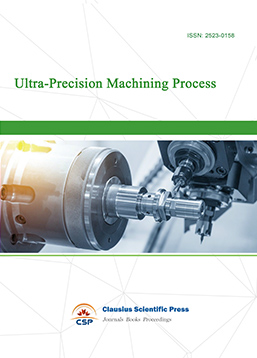
-
Journal of Robotics and Biomimetics
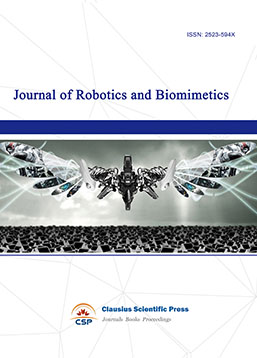
-
Prognostics, Diagnostics and Health Management
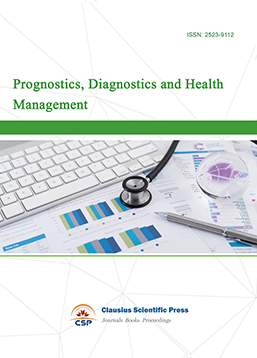
-
Micro-Electro-Mechanical Systems
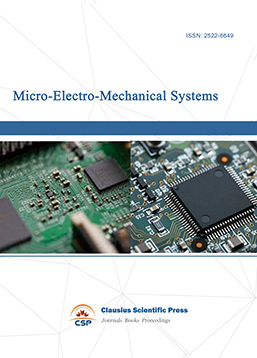
-
Journal of Precision Instrument and Machinery
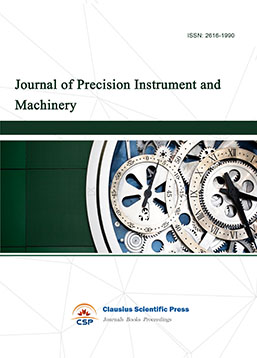
-
Engineering and Solid Mechanics
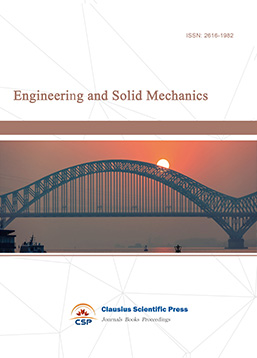
-
Fracture and Damage Mechanics
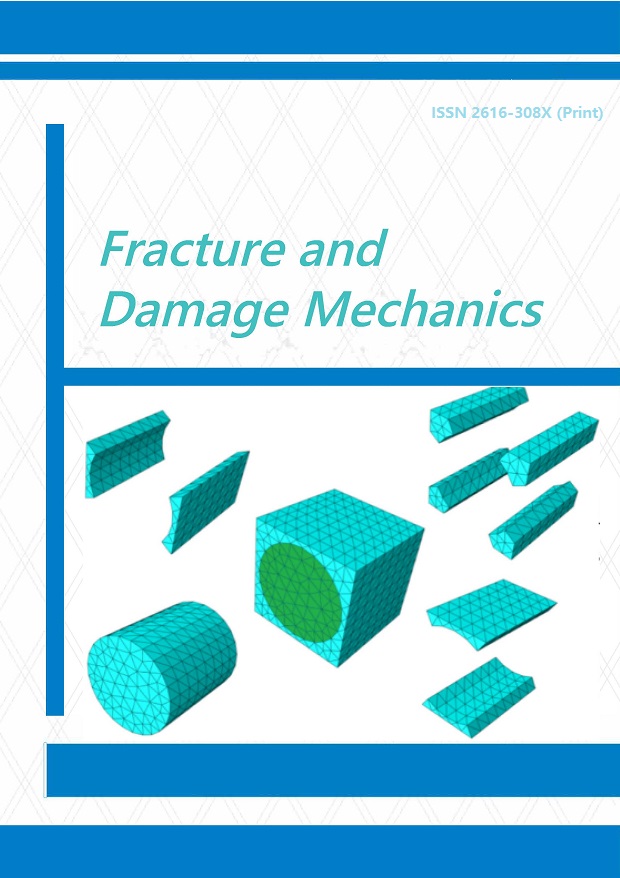
-
Frontiers in Tribology
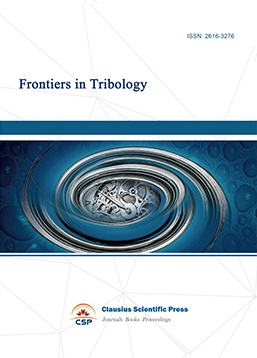
-
Fluid and Power Machinery
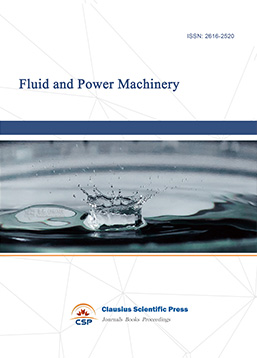
-
Chemical Process Equipment
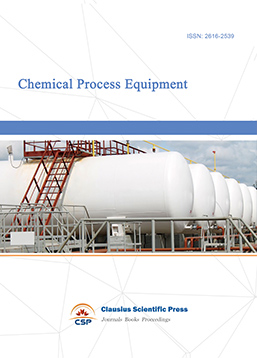
-
Journal of Assembly and Manufacturing
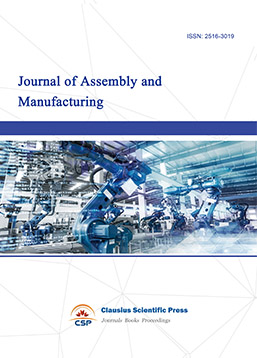
-
Mechanical Vibration and Noise
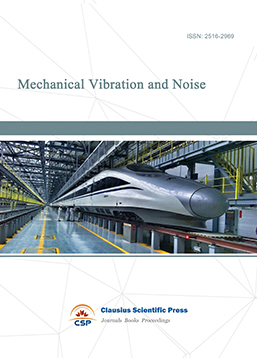

 Download as PDF
Download as PDF